Colors of Procion Dye MX
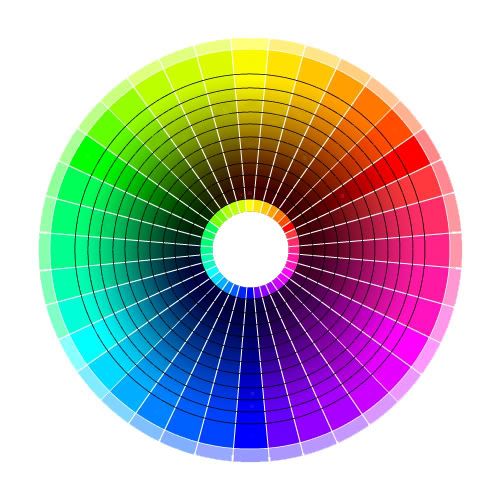
Color Mixing:
You can make all the colors you need by mixing lemon yellow, fuschia, and turquoise. Get black, too (Dharma's New Black), as it intensifies the other colors wonderfully by contrast, and it's hard to mix on your own.
Simple rules:
- a lot of fuschia and a little yellow make red
- red and yellow make orange
- yellow and turquoise* make green
- a lot of turquoise* plus a little fuschia makes blue
- turquoise* plus fuschia makes purple
*-Remember to double the amounts of turquoise as compared to other colors)
Color Choice:
The two most obvious differences between a wonderful tie-dye and a so-so one are color choice and color saturation. You'll find that you really have to work to squirt enough dye into the folds to avoid a large amount of white on the finished garment. In choosing colors to place adjacent to each other, remember the color wheel. Do not place "opposite" colors next to each other, such as red near green, or blue near orange, or yellow near purple: the results would be a muddy mess. If you really like bright colors, avoid placing a color with red mixed *in* it, such as purple, near green.
A good basic rule is to apply two colors next to each other only if they appear next to each other in the following short list:
fuschia...yellow...turquoise...purple...fuschia
...or, for a more detailed color scheme, choose adjacent colors from the following expanded list:
fuschia... red... orange... yellow... green... turquoise... blue... purple...fuschia
It really does help to place fuschia between red and purple.
For eye-popping color contrasts, you can avoid muddy mixtures of colors by adding a thickener such as sodium alginate to your dye mixtures; applying contrasting colors to the two sides of your bundled folded fabric will then result in alternating stripes.

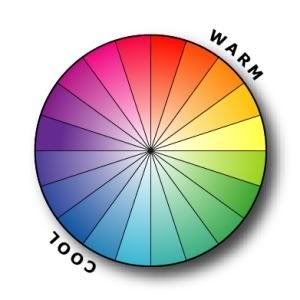
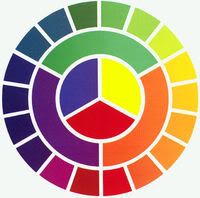
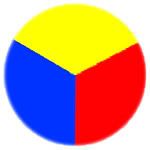 The three primary (or pigment) colors are the three colors in the chart that cannot be created by mixing any other colors together. The primary colors are red, blue and yellow. All other colors are derived from these three colors.The following primary, secondary and tertiary color wheels should help you.
The three primary (or pigment) colors are the three colors in the chart that cannot be created by mixing any other colors together. The primary colors are red, blue and yellow. All other colors are derived from these three colors.The following primary, secondary and tertiary color wheels should help you.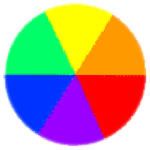 The secondary color wheel chart comprising of yellow, orange, red, purple, blue, green contains colors formed by mixing together the three primary (or pigment) colors.
The secondary color wheel chart comprising of yellow, orange, red, purple, blue, green contains colors formed by mixing together the three primary (or pigment) colors.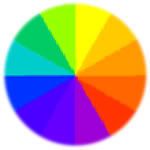 The tertiary color wheel chart is made up of colors created by mixing a primary (or pigment) color and secondary color together. Tertiary Colors are most commonly given a two word name such as yellow-orange, red-purple, red-orange, blue-green, blue-purple and yellow-green.
The tertiary color wheel chart is made up of colors created by mixing a primary (or pigment) color and secondary color together. Tertiary Colors are most commonly given a two word name such as yellow-orange, red-purple, red-orange, blue-green, blue-purple and yellow-green.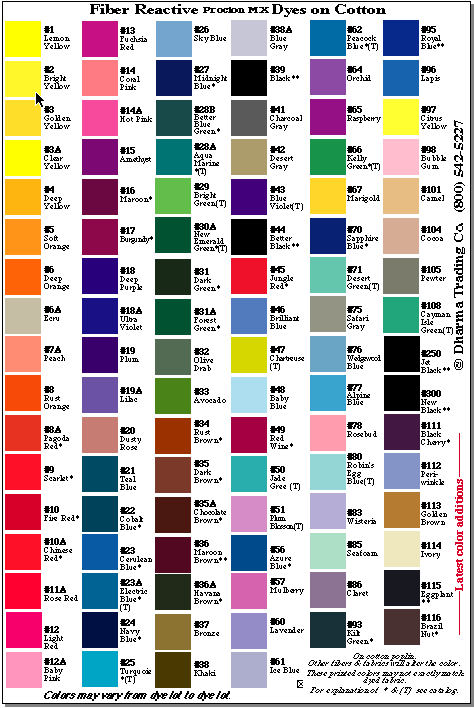
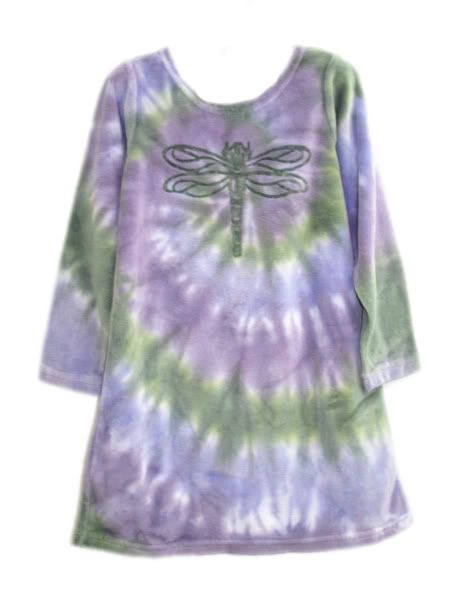 Sage Green and Lavender
Sage Green and LavenderRecipe for Sage Green:
Rust Orange - 1 1/2 tsp. or 1 part
Cerulean Blue - 1 1/2 tsp. or 1 part
Recipe for Lavender:
Medium Blue - 2 1/4 tsp. or 9 parts
Fire Engine Red - 1 tsp. or 4 parts

Olive Green
 Emerald Green - To improve results requires 2 times as much dye, and:
Emerald Green - To improve results requires 2 times as much dye, and:More rinsing to remove the excess dye than do other colors,
Warmer tap water (up to 130 degrees F) when vat dyeing to yield deeper shades,
Using Glauber's salt instead of plain salt when vat dyeing.
 Aquamarine - To improve results requires 2 times as much dye, and:
Aquamarine - To improve results requires 2 times as much dye, and:More rinsing to remove the excess dye than do other colors,
Warmer tap water (up to 130 degrees F) when vat dyeing to yield deeper shades,
Using Glauber's salt instead of plain salt when vat dyeing.
 Robin's Egg Blue - Contains #25 Turquoise:
Robin's Egg Blue - Contains #25 Turquoise:1. Require more rinsing to remove the excess dye than do other colors.
2. Warmer tap water (up to 130ºF) when vat dyeing, can yield deeper shades.
3. Using Glauber's salt instead of plain salt when vat dyeing can also improve results.
 Turquoise - To improve results requires 2 times as much dye, and:
Turquoise - To improve results requires 2 times as much dye, and:More rinsing to remove the excess dye than do other colors,
Warmer tap water (up to 130 degrees F) when vat dyeing to yield deeper shades,
Using Glauber's salt instead of plain salt when vat dyeing.
 Peacock Blue - requires 2 times as much dye.
Peacock Blue - requires 2 times as much dye.Contains #25 Turquoise:
1. Require more rinsing to remove the excess dye than do other colors.
2. Warmer tap water (up to 130ºF) when vat dyeing, can yield deeper shades.
3. Using Glauber's salt instead of plain salt when vat dyeing can also improve results.
 Cobalt Blue - Requires 2 times as much dye.
Cobalt Blue - Requires 2 times as much dye.You can correct the greenish look of the cobalt blue by adding a tiny amount of red. It would be easier than mixing the color from scratch, using the cyan-magenta-yellow system.

Medium Blue
 Lavender
Lavender Raspberry - Contains #25 Turquoise and to improve results requires:
Raspberry - Contains #25 Turquoise and to improve results requires:More rinsing to remove the excess dye than do other colors,
Warmer tap water (up to 130 degrees F) when vat dyeing to yield deeper shades,
Using Glauber's salt instead of plain salt when vat dyeing.
Quirks of All Reds: Full of speckles. If you mix the powder with salt before adding water, it seems to dissolve better.
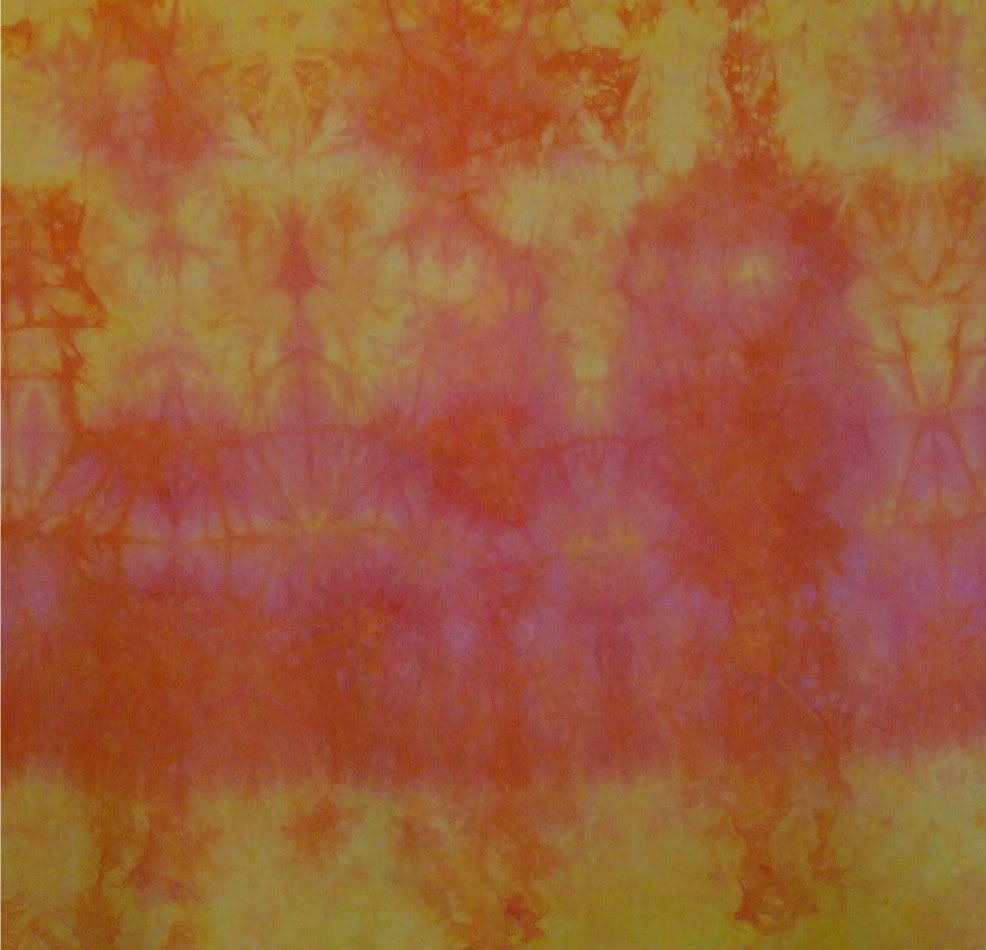 Peach and Raspberry
Peach and Raspberry
Fire Engine Red
 Rust Brown
Rust Brown Golden Brown
Golden Brown Better Black
Better Black Jet Black - Requires 4 times as much dye.
Jet Black - Requires 4 times as much dye.This is the most concentrated of all the blacks and gives the deepest black when used in vat dyeing with hot tap water (130-150 degrees F). Edges are green in tie-dye.
 Lemon Yellow
Lemon YellowQuirks: Lemon Yellow preads aggressively. Used in a dyebath with tightly tied items, the yellow gets in everywhere - no white left. Mixed with other colors, the yellow tends to spread out more and leave yellow edges on everything. This seems true of yellows in general.
 Jet Black - Requires 4 times as much dye.
Jet Black - Requires 4 times as much dye.This is the most concentrated of all the blacks and gives the deepest black when used in vat dyeing with hot tap water (130-150 degrees F). Edges are green in tie-dye.





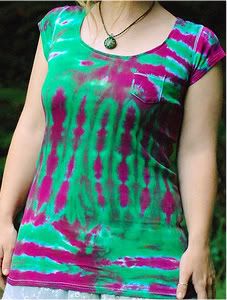














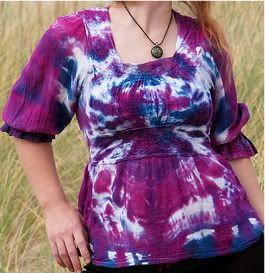








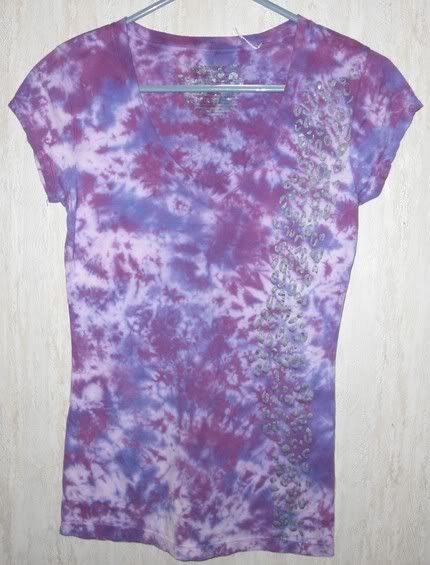




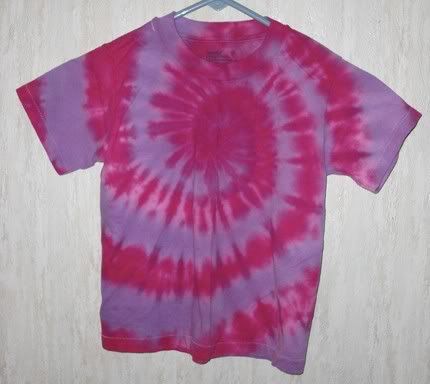
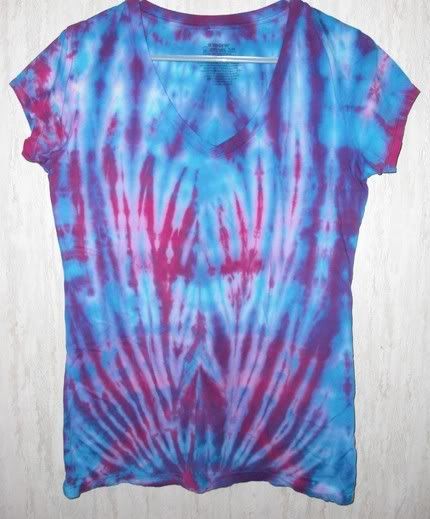











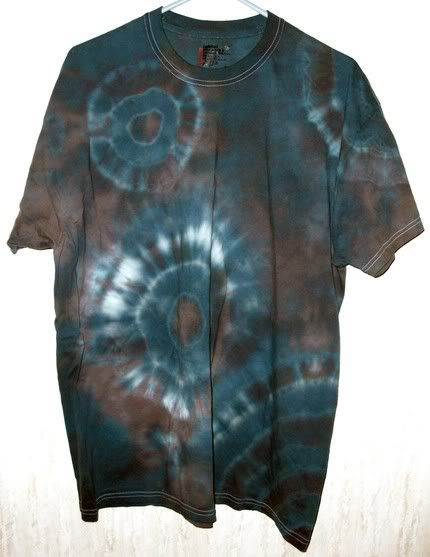













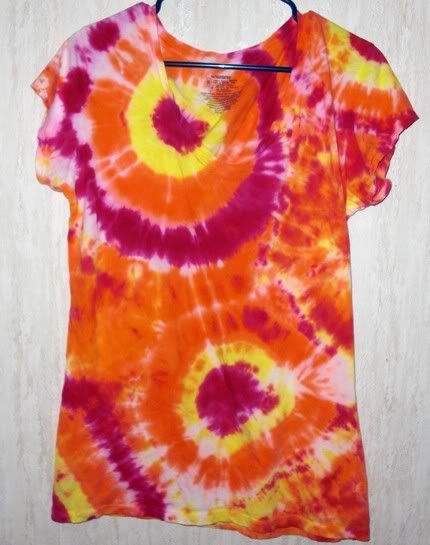
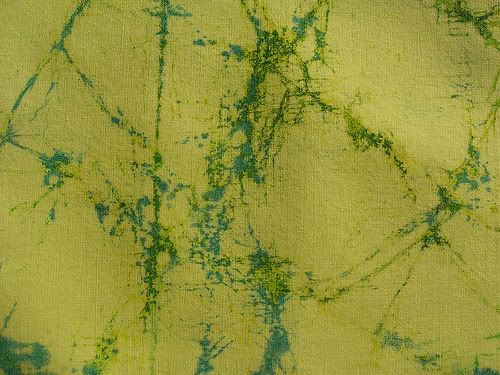








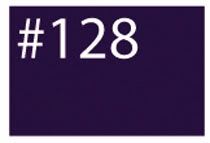





0 comments:
Post a Comment